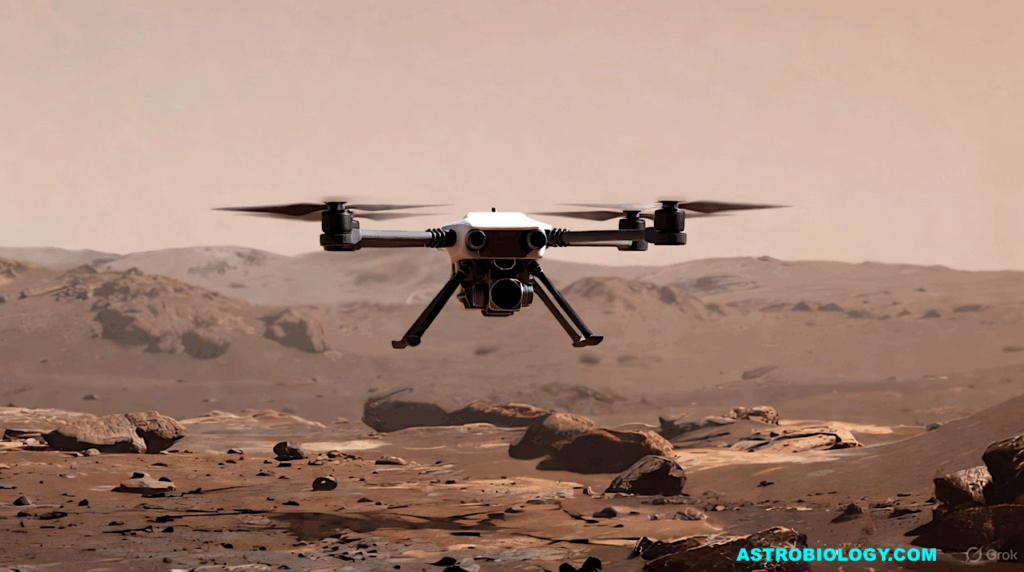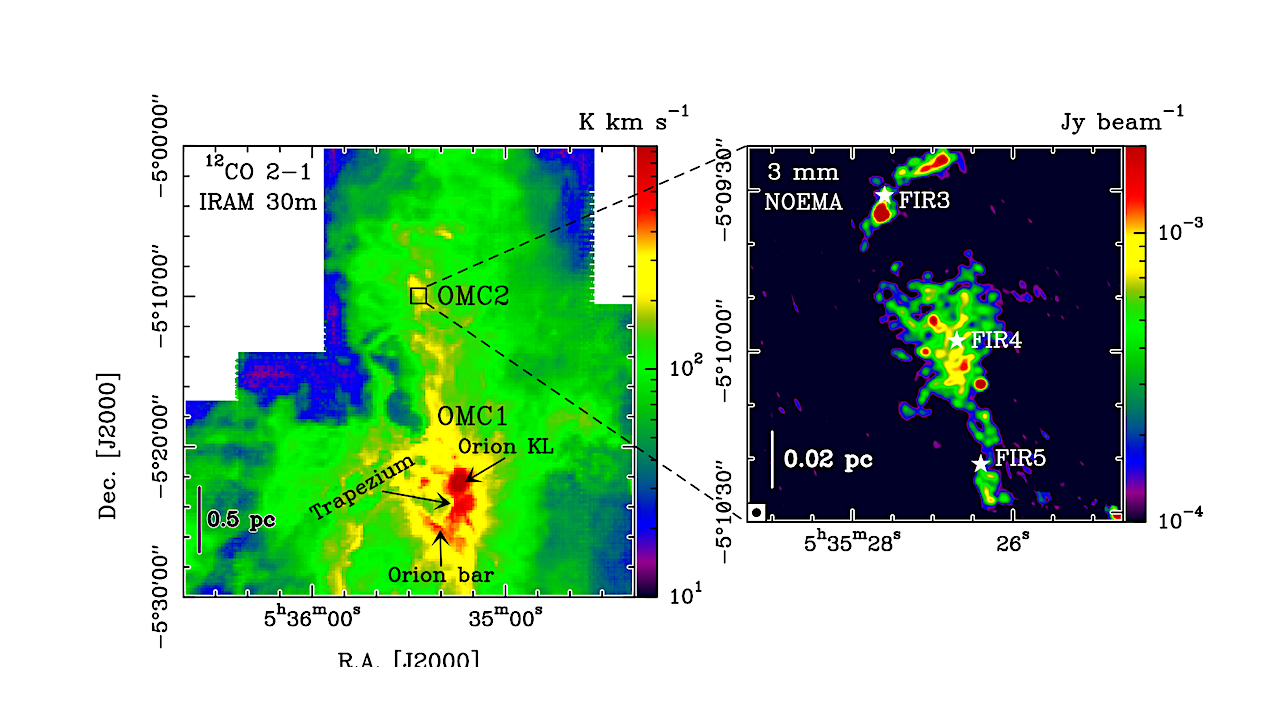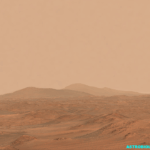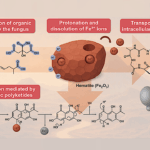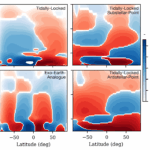Now Reading: Clues For Solar System Formation From Meteorites And Their Parent Bodies
-
01
Clues For Solar System Formation From Meteorites And Their Parent Bodies
Clues For Solar System Formation From Meteorites And Their Parent Bodies


Condensation of major rock-forming phases from a gas of solar composition at P = 10-3 bar (modified after Davis and Richter, 2007). The first phases to form upon cooling are Al-Ca-rich that are effectively observed in CAIs found in chondrites. — astro-ph.EP
Understanding the origin of comets requires knowledge of how the Solar System formed from a cloud of dust and gas 4.567 Gyr ago.
Here, a review is presented of how the remnants of this formation process, meteorites and to a lesser extent comets, shed light on Solar System evolution. The planets formed by a process of collisional agglomeration during the first hundred million years of Solar System history.
The vast majority of the original population of planetary building blocks (~100 km-scale planetesimals) was either incorporated into the planets or removed from the system, via dynamical ejection or through a collision with the Sun. Only a small fraction of the original rocky planetesimals survive to this day in the form of asteroids (which represent a total of ~0.05% of Earth’s mass) and comets. Meteorites are fragments of asteroids that have fallen to Earth, thereby providing scientists with samples of Solar System-scale processes for laboratory-based analysis.
Meteorite datasets complement cometary datasets, which are predominantly obtained via remote observation as there are few cometary samples currently available for laboratory-based measurements. This chapter discusses how analysis of the mineralogical, elemental, and isotopic characteristics of meteorites provides insight into (i) the origin of matter that formed planets, (ii) the pressure, temperature, and chemical conditions that prevailed during planet formation, and (iii) a precise chronological framework of planetary accretion.
Also examined is the use of stable isotope variations and nucleosynthetic isotope anomalies as constraints on the dynamics of the disk and planet formation, and how these data are integrated into new models of Solar System formation. It concludes with a discussion of Earth’s accretion and its source of volatile elements, including water and organic species.
Bernard Marty, Katherine R. Bermingham, Larry R. Nittler, Sean N. Raymond
Comments: Chapter published in Comets III (pp. 681-730), edited by Karen J. Meech, Michael R. Combi, Dominique Bockelee-Morvan, Sean N. Raymond, and Michael E. Zolensky. University of Arizona Press, 2024. this http URL
Subjects: Earth and Planetary Astrophysics (astro-ph.EP); Solar and Stellar Astrophysics (astro-ph.SR)
Cite as: arXiv:2506.02721 [astro-ph.EP] (or arXiv:2506.02721v1 [astro-ph.EP] for this version)
https://doi.org/10.48550/arXiv.2506.02721
Focus to learn more
Submission history
From: Sean Raymond
[v1] Tue, 3 Jun 2025 10:18:30 UTC (6,647 KB)
https://arxiv.org/abs/2506.02721
Astrobiology, Astrochemistry,
Stay Informed With the Latest & Most Important News
Previous Post
Next Post
-
 01From Polymerization-Enabled Folding and Assembly to Chemical Evolution: Key Processes for Emergence of Functional Polymers in the Origin of Life
01From Polymerization-Enabled Folding and Assembly to Chemical Evolution: Key Processes for Emergence of Functional Polymers in the Origin of Life -
 02Panasonic Leica Summilux DG 15mm f/1.7 ASPH review
02Panasonic Leica Summilux DG 15mm f/1.7 ASPH review -
 03How New NASA, India Earth Satellite NISAR Will See Earth
03How New NASA, India Earth Satellite NISAR Will See Earth -
 04And Thus Begins A New Year For Life On Earth
04And Thus Begins A New Year For Life On Earth -
 05Astronomy Activation Ambassadors: A New Era
05Astronomy Activation Ambassadors: A New Era -
06SpaceX launch surge helps set new global launch record in 2024
-
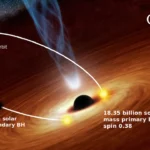 07Two Black Holes Observed Circling Each Other for the First Time
07Two Black Holes Observed Circling Each Other for the First Time














